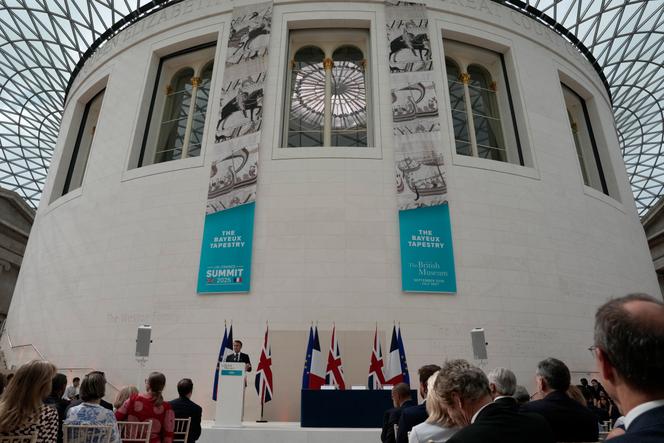Loan of the Bayeux Tapestry: Emmanuel Macron, in the name of state reasons, ignored two recent studies advising against moving the embroidery


Investigation
It's a forgotten episode that, in its time, shook the world of French culture. In January 1963, Charles de Gaulle sent the Mona Lisa to the United States to smooth over strained relations with his American ally, amid disagreements over nuclear weapons and sovereignty issues. The head of state overcame the hostility of the Louvre's curators, who deemed the panel far too fragile for a transatlantic voyage.
"We have talked about the risks this painting took in leaving the Louvre. They are real, although exaggerated ," declared the Minister of Culture, André Malraux, at the inauguration of the Mona Lisa exhibition at the National Gallery in Washington, in the presence of the American president, John F. Kennedy. But those taken by the guys who landed one day at Arromanches – not to mention those who had preceded them twenty-five years earlier – were much more certain."
The painting was subsequently sent to Japan in 1974 and, shortly after, to the Soviet Union. "In all cases, the aim was to improve the quality of diplomatic and commercial relations with these countries," emphasizes art historian Laurence Bertrand Dorléac, recalling that "works of art are active political agents."
You have 84.98% of this article left to read. The rest is reserved for subscribers.
Le Monde





